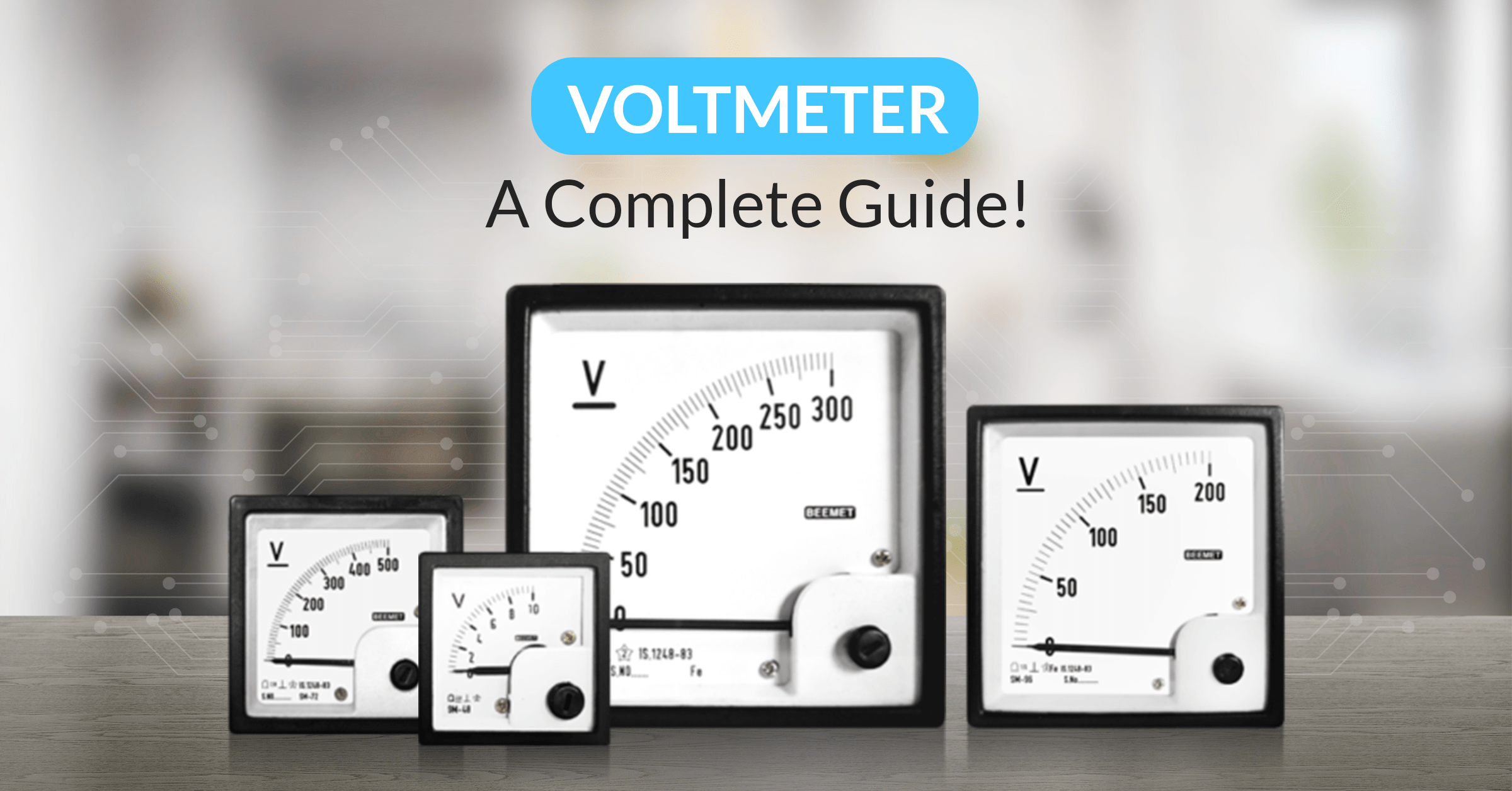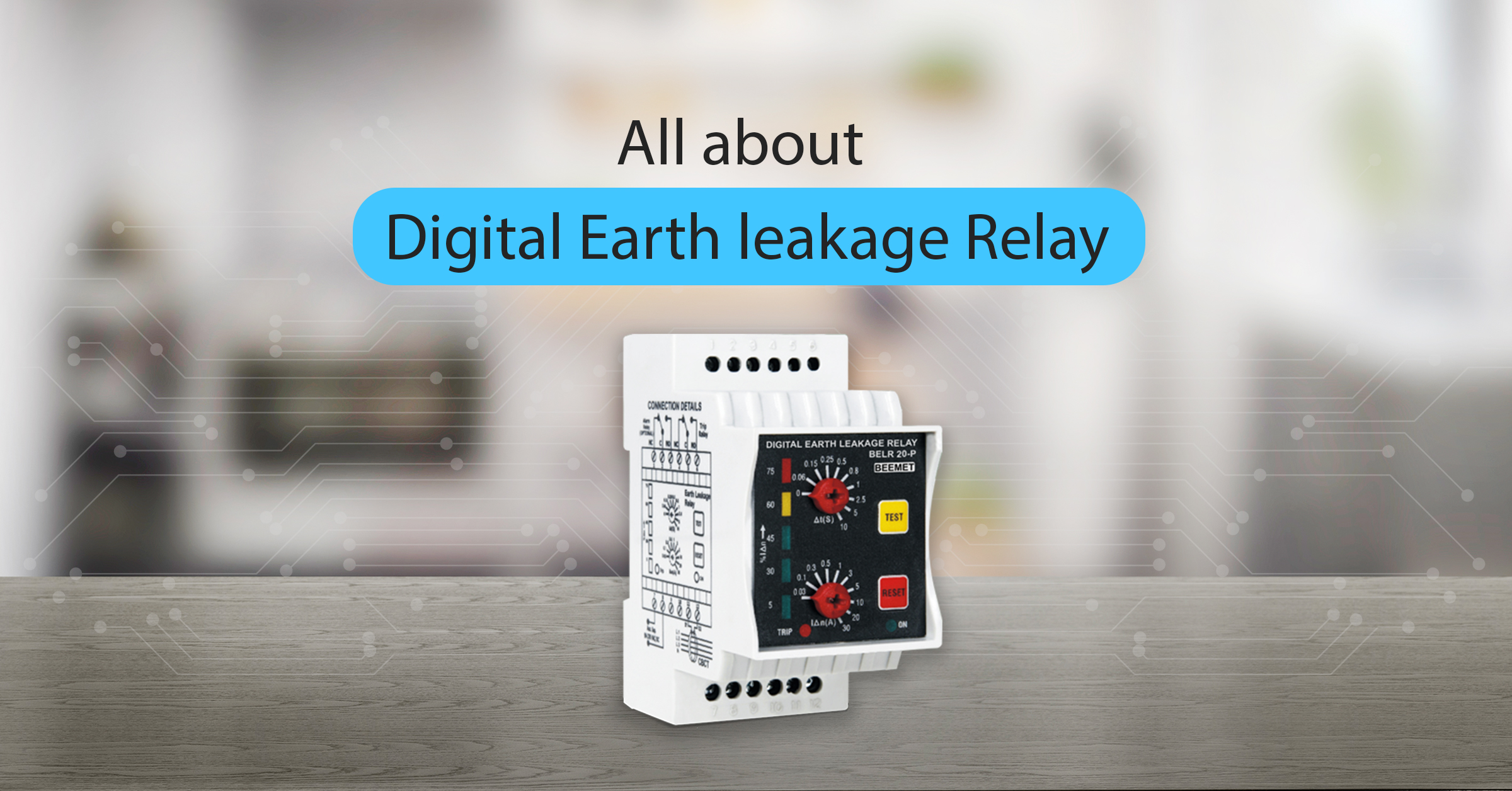We are familiar with the fact that a voltmeter is used to measure the potential difference in electrical circuits. But do you know what a voltmeter is? There is a lot more to this device than meets the eye! This blog helps you understand what a voltmeter is, how it works, and explains the use of voltmeter in various applications.
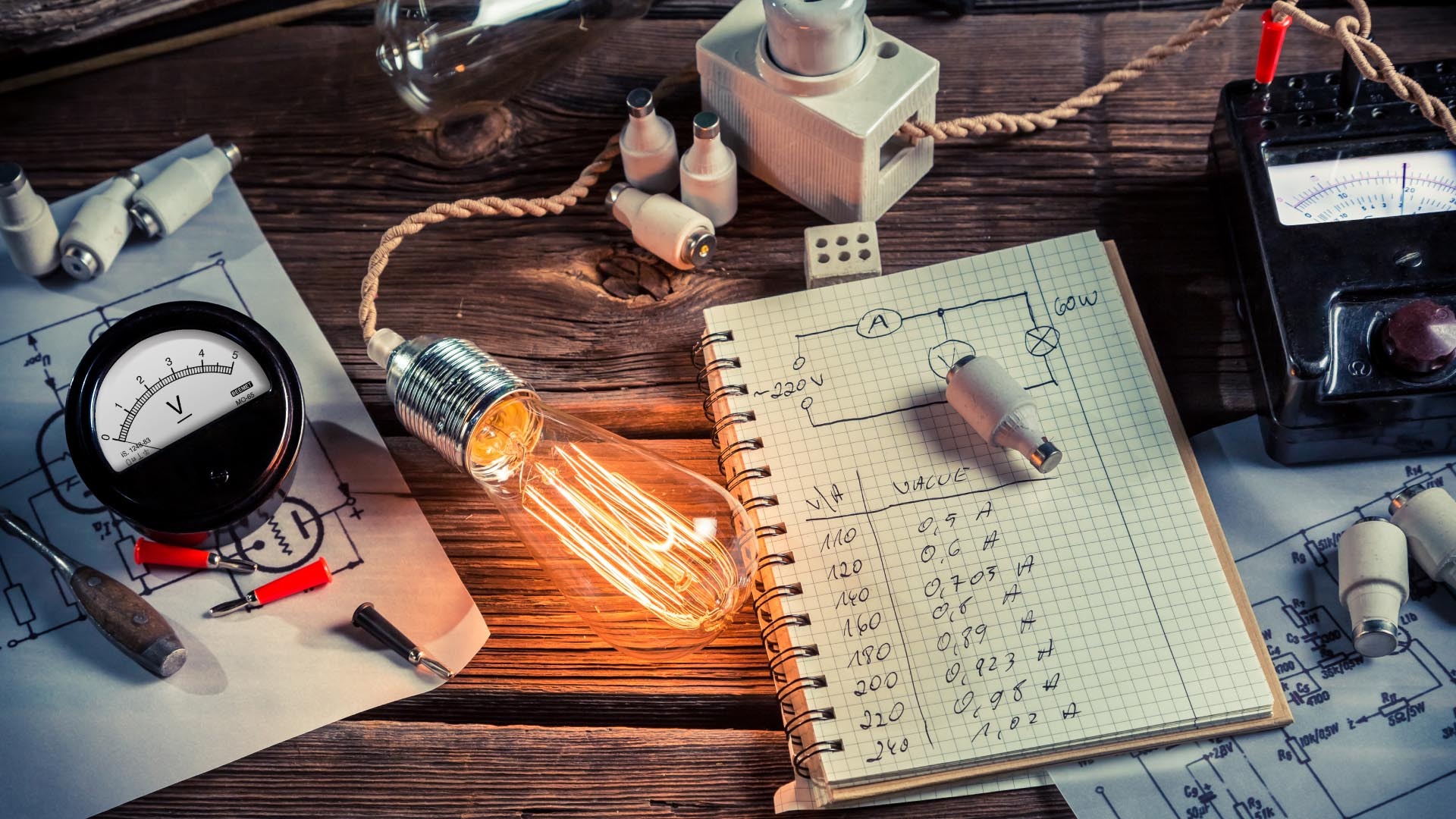
What is Voltmeter?
As the name implies, a voltmeter is a measuring instrument used to measure voltage i.e. the potential difference between two points in an electric circuit.
A voltmeter is used for checking the input and output voltage of various equipment such as motors, batteries, medical equipment, electrical panel boards, plastic machinery, electronic devices, etc. It is connected in parallel to the circuit for which voltage is to be measured. Voltmeters come in a wide array of shapes and sizes, either analog or digital.
Daily Uses of Voltmeter:
Voltmeters have diverse applications, ranging from diagnosing electrical issues to validating voltage levels. By translating complex electrical data into comprehensible readings, voltmeters empower us to navigate the world of circuits with confidence.
Let’s dive into how Voltmeters find their place in various scenarios.
- Diagnosing Electrical Problems: They help you identify issues like faulty connections or irregular voltage levels that could be causing the glitches.
- Ensuring Safe Power Consumption: Voltmeters come to the rescue by measuring the voltage drop across devices. This helps you optimize power usage and keep energy bills in check.
- Validating Battery Health: Voltmeters let you peek into their health by measuring voltage levels. This insight ensures your devices keep running smoothly and your journeys stay uninterrupted.
- Verifying Circuit Performance: They verify if circuits are functioning as intended, making sure all components receive the right amount of voltage for optimal performance.
- Safeguarding Appliances: Voltmeters help you ensure that devices like refrigerators, air conditioners, and computers receive the correct voltage, extending their lifespan and preventing damage.
- Electrical Installations: They ensure that all connections are secure, and circuits are properly wired, minimizing safety risks.
At BEEMET, we’re here to illuminate these practical applications, ensuring you’re equipped to harness the power of voltmeters in your everyday ventures
Voltmeter Reading and Symbol
The voltage is measured in Volts and the voltmeter shows the reading in Volts (V). In an electric circuit, the voltmeter is represented by the letter V inside a circle.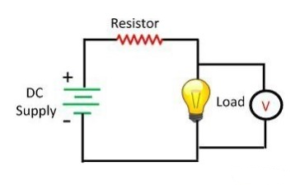
Working principle of Voltmeter
- A voltmeter comprises essential components, notably a sensitive galvanometer. This galvanometer is capable of detecting even the tiniest electric currents.
- A series resistor is integrated into the setup, acting as a bridge between the circuit and the galvanometer.
- The two terminals of the voltmeter should be connected in parallel to the circuit for which the voltage needs to be checked. The voltmeter has a very high resistance by design so it does not load the circuit when connected in parallel.
- As voltage flows through the circuit and the voltmeter, the galvanometer detects the current’s presence. The galvanometer’s movement is transformed into a readable value.
- To ensure accuracy, voltmeters are carefully calibrated. This makes the voltmeter a reliable source of measurement.
Precaution while using Voltmeter
Here are some essential precautions to keep in mind when using these powerful tools.
- Safety Gear First: Don’t forget your safety goggles and gloves before you start working with voltmeters.
- Check the Environment: Make sure the area is dry and free from any moisture, as electricity and water don’t mix.
- Inspect the Cables: Inspect the voltmeter cables for any damage. Worn cables can be dangerous, so replace them if needed.
- Turn Off Power: Turn off the power to the circuit you’re testing. This prevents any unexpected shocks or damage.
- Select the Right Range: Setting the voltmeter to a range higher than needed can give inaccurate readings.
- Proper Probing: Use the appropriate probes for your voltmeter. Ensure they’re securely attached and insulated.
- Avoid High Voltage: Voltmeters are not meant to measure high voltages like lightning. Avoid situations where the voltage exceeds the meter’s capabilities.
At BEEMET, your safety is our priority. Our voltmeters are designed with these precautions in mind, ensuring that you have a secure and reliable experience.
What are the types of voltmeters?
The mechanical pointer of an analog voltmeter moves in an arc of 90 degrees depending on the amount of voltage present in a circuit under test.
- Permanent Magnet Moving Coil Type
As the name suggests, it comprises a permanent magnet and the coil rotates in the magnetic field. This movement is called the D’Arsonval movement. This type of voltmeter will measure only DC voltages.
- Moving Iron Type
This has a fixed coil and the moving iron rotates at the center of the coil. It is used for both AC and DC measurements.
- Rectifier Type
These are moving coil meters used to measure precision AC voltage.
Analog Voltmeter
Analog voltmeters are used generally in all electrical switchboards and panels, battery chargers, medical instruments, power supplies and other such equipment where voltage needs to be displayed. For DC measurement, the positive and negative terminals of the circuit are to be connected to the positive and negative terminals of the voltmeter. However, for AC measurement, the terminals can be connected either way.
An analog voltmeter is preferred in many devices compared to digital voltmeter as the reading stays steady and does not fluctuate for small variations.
Analog voltmeters have a much longer lifespan compared to their digital counterparts. Unlike digital meters, analog voltmeters do not require any auxiliary supply to function.
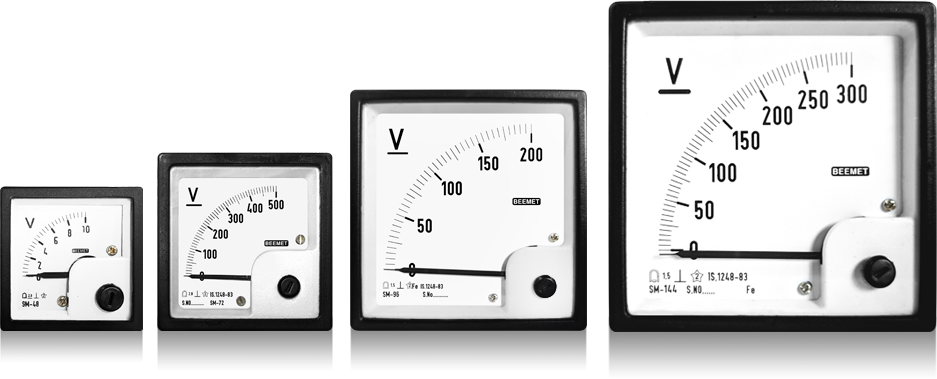
Digital Voltmeter
Digital meters are quickly replacing their analog counterparts.
A digital voltmeter measures an input voltage by converting it into a digital value and then displays the voltage in a numeric form on a 7-segment digital display. While relying on a very similar device called an integrating converter, a digital voltmeter is almost always built specifically for getting as accurate as possible within less than 100 milliseconds so that it can respond faster if needed for greater precision.
It eliminates the error in reading due to parallax and measurement approximation. Additionally, measurement values can be stored in the internal memory for further analysis. These instruments are very light in weight and occupy a much smaller area on an electrical panel.
This added level of efficiency makes these models become a really popular choice in comparison to the early days when using mechanical devices was the only way to connect an input signal with direct numerical output and without any unwanted noise or component failure overall.
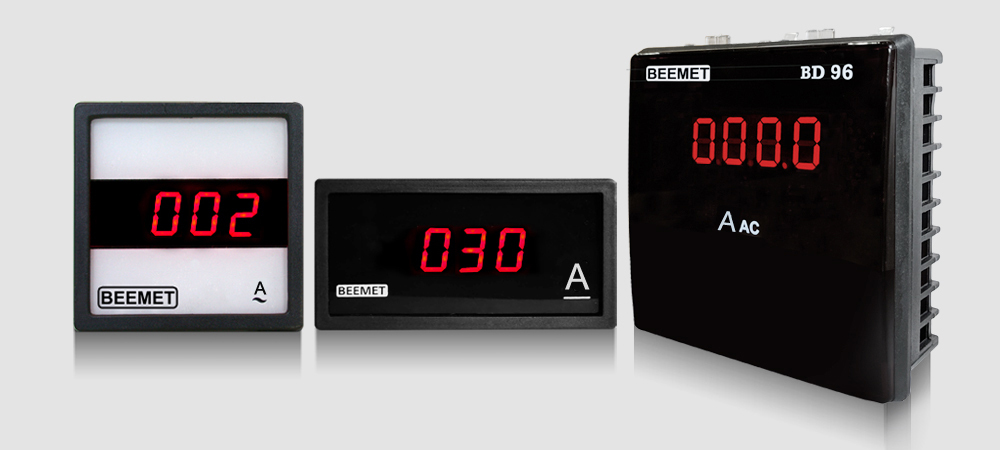
We have a wide range of digital voltmeters in sizes such as DPM Series and Module Meter.
What is the range of the voltmeter?
DC Voltmeters measure voltages in the range of 10mV to 1000V DC. AC voltmeters measure voltages from 1V to 1000V AC.
Conclusion
We hope our article has helped you to get a thorough walkthrough of Voltmeter. Do you want a walkthrough of an Ammeter? Dive into our dedicated Blog on Ammeters for an in-depth guide.
The most important thing is to find the right tool for the right job. No one voltmeter can be used for everything, which is why I think it’s important to understand the different uses and applications of different voltmeters. Voltmeters come with different accuracies for different uses. For precision measurements, there are portable voltmeters with 0.25, 0.5, and 1.0 accuracy.
Beemets Voltmeters
Beemet is a leading ammeter and Voltmeter manufacturer and exporter from India. We offer a wide range of high-quality Analog Voltmeters and Digital Voltmeters. Our Voltmeters are manufactured with the finest materials for unmatched performance and durable design for long-lasting use, ensuring our clients get precisely what they need at excellent value.
Beemet voltmeters are available in various models and sizes to suit the customer’s requirements. They come in:
- Square DIN sizes (48/72/96/144)
- Wide view clear polycarbonate front mounting and rear panel mounting type
- Round meter with glass front-type
- Rectangular sizes
- Wide angle 240° circular scale type
- Educational portable type mounted on a desktop stand
- American-type Saxon and Fiesta series.
- Maximum demand indicator / bimetallic ammeters in 2 and 3-pointer types.
The meter housing is made with ABS and polycarbonate plastics. Our voltmeters are available in DC permanent magnet moving coil type, AC moving iron type and moving coil rectifier type. All our voltmeters are available in a wide range from 10mV to 600V. We also manufacture digital voltmeters in various sizes (96×48/96×96/48×48) as well as in compact module form.
If you are someone who is confused about how to select the right voltmeter that fits your budget and application needs. Explore our dedicated Blog- “How to select the right ammeter and voltmeter?” for expert guidance on choosing the right one.
Frequently Asked Questions (FAQ’s)
A voltmeter measures only the voltage potential difference between the two points of connection. A multimeter is an instrument that is used to measure the voltage, current and resistance. A multimeter can also be used to measure the capacitance, frequency, inductance and duty cycle.
The voltmeter will read the voltage generated by a changing magnetic field. The voltmeter function is to measure this potential difference accurately. It is connected to the circuit by two wires – one carrying a positive charge, and the other carrying a negative charge.
You cannot substitute a voltmeter with a multimeter because the multimeter can measure multiple electrical values while the voltmeter is designed primarily to measure voltage. A multimeter is more expensive than a voltmeter because it is designed to measure additional parameters that are not within the scope of function of a voltmeter.
Yes, it can. A multimeter can measure two or more electrical values, principally voltage (volts), current (amps), and resistance (ohms). Moreover, a multimeter can function as a voltmeter, ammeter and ohmmeter.
It’s a common misconception that you need to insert the meter into a circuit in order to measure voltage. Multimeters have contact leads for this purpose. Touching these leads against any two points in the circuit will provide an accurate reading.
It uses an electrostatic field made by two charged plates to deflect a pointer attached to a spring. This kind of meter is very sensitive; it senses voltages over 100 volts and either works with alternating or direct currents.
The reading of a voltmeter can be determined with the knowledge of Ohms Law that voltage is equal to current multiplied by resistance or V=IR, where V is the potential difference across a specific resistance R through which a given amount of current I is flowing.

